Orchids and Succulents: Twins Separated at Birth?
You’d never guess that the delicate, flowering orchid could be related to the chunky, resilient succulent. But look closely and you’ll find these two plant cousins share some surprising similarities! In this mind-blowing guide, we’ll uncover the unexpected connections between orchids and succulents. Get ready to have your assumptions turned upside down!
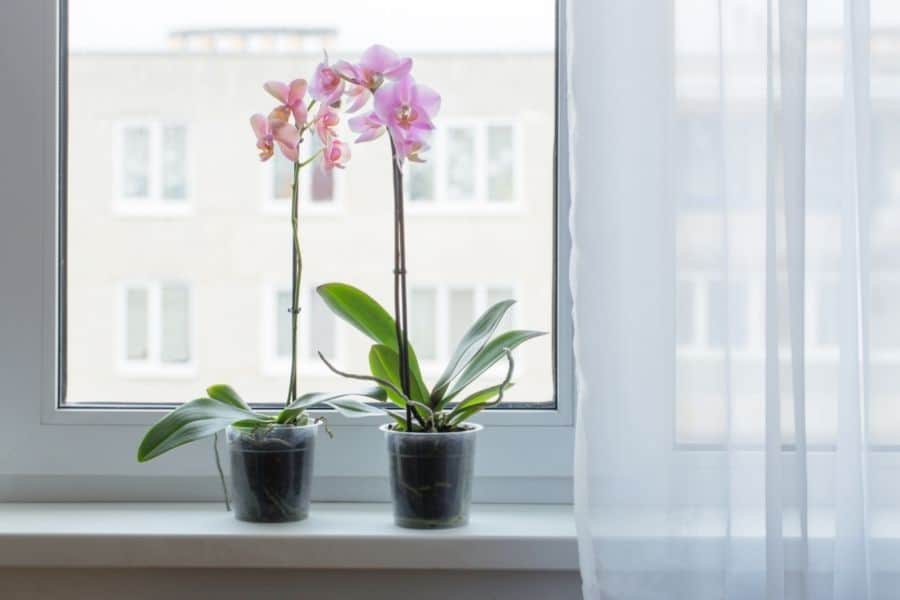
Contents
Are Orchids Succulents?
While orchids don’t fit the classic definition of a succulent, some species do store water in thickened stems, roots or leaves – just like their plump succulent relatives. However, orchids form their own unique family, separate from the diverse succulent clan.
What Makes a Plant a Succulent?
A succulent is any plant with fleshy, water-storing parts that allow it to survive hot, dry conditions. Succulents can store H2O in thick stems, leaves or roots. Their fuzzy leaves and plump shapes help them go long periods without needing a drink. Succulents come from many different plant families and adapt to harsh, desert-like weather.
How are Orchids Classified?
On the other hand, all orchids belong to the Orchidaceae family of flowering plants. Their exotic blooms have three petals and three sepals. Most orchids are found in warm, tropical or temperate forests and live as perennials, coming back year after year.
5 Wild Ways Orchids and Succulents Are Alike
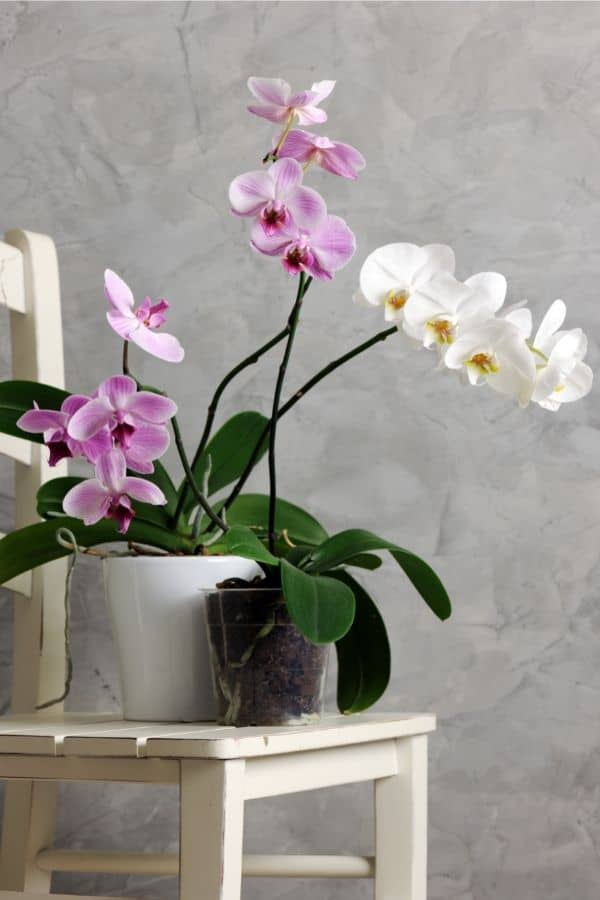
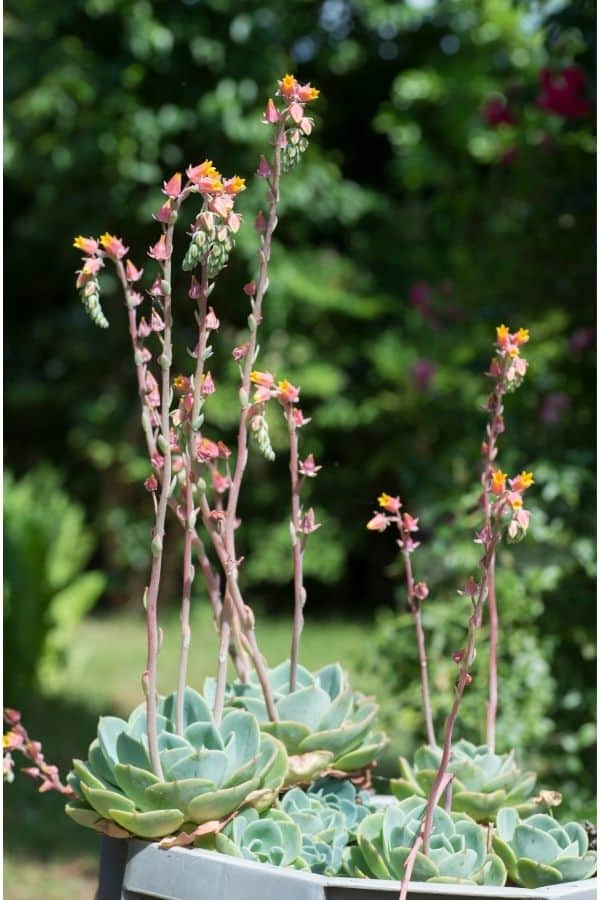
Despite their differences, these plant cousins actually have quite a bit in common:
- Drought Tolerant – Both can go longer without water compared to thirstier plants.
- Built-in Water Storage – Some orchids store H2O in bulbous stems or leaves, just like succulents.
- Low-Light Survivors – They can both endure shadier conditions for a while.
- Well-Drained Buddies – Fast-draining soil prevents rot in their moisture-hoarding parts.
- Nap Time – Orchids and succulents both go dormant for a seasonal rest period.
5 Crazy Differences That Set Them Apart
As “alike” as they seem, orchids and succulents have some major differences:
- Sun Needs – While low light is okay briefly, most succulents want much more direct sun than orchids.
- Soil Shake Up – Succulents can grow in basic gritty mix, but orchids need customized blends.
- Bloom Bonanza – Flamboyant orchids produce way more flowers than most succulents.
- Feeding Frenzy – Hungry orchids require more frequent fertilizing than their low-maintenance succulent cousins.
- Body Builders – Orchids lack the thick, water-storing caudex that gives many succulents their plump shape.
Can Orchids Be Potted in Succulent Soil?
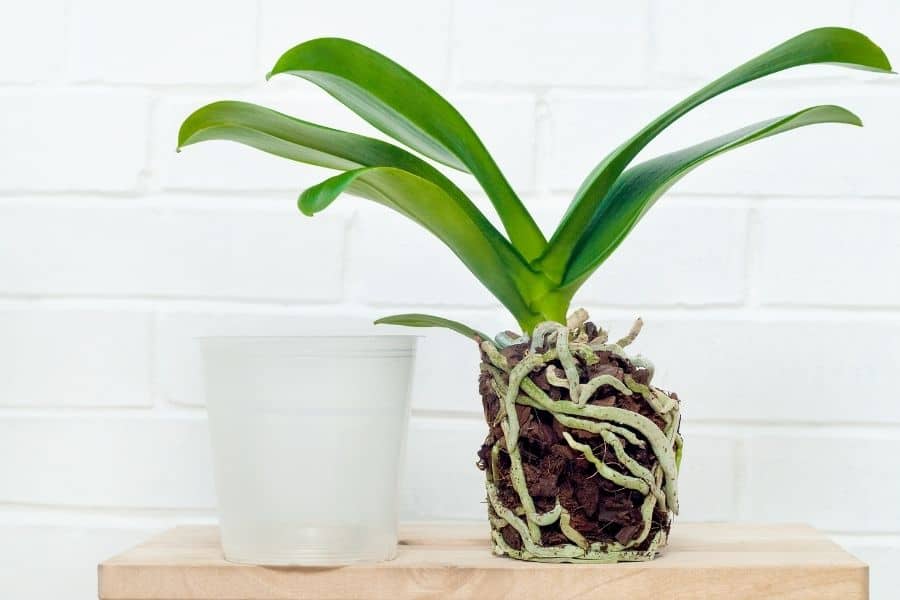
While you can’t grow orchids in regular potting soil, there’s a chance you could pot some orchid varieties in well-draining succulent mix. Succulent soil contains coarse ingredients like sand, perlite, and peat moss that provide the excellent drainage orchids need.
However, most orchids require additional chunky materials like bark, charcoal, sphagnum moss, or coconut husks that you’d need to supplement the succulent soil with. Orchid roots actually cling to these coarse ingredients more than absorbing water and nutrients from the soil itself.
So while succulent soil provides a good base, you’ll likely need to amend it with orchid-specific additives for the best results. Be sure to research your particular orchid’s soil preferences first. When in doubt, your local nursery experts can advise on the optimal orchid potting mix.
Can You Grow Orchids and Succulents Together?
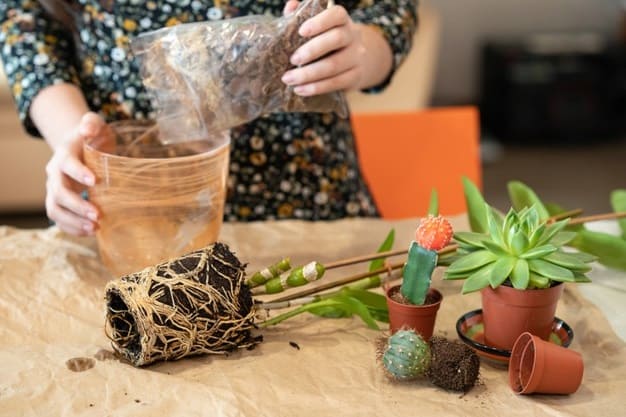
The possibility of growing orchids and succulents as roommates depends on finding complementary varieties with overlapping needs. Since both prefer well-drained soil and can handle periods of drought, there’s potential for compatibility.
Tropical orchids and succulents may make good terrarium mates, as they both thrive in warm, humid conditions. Desert-dwelling succulents could pair nicely with drought-tolerant orchid species.
Your best bet is to do your research and select orchid and succulent varieties that match up closely in terms of:
- Light exposure
- Water needs
- Humidity levels
- Dormancy periods
An easy solution is using the same container but housing the orchid in its own inner pot. This allows you to tailor the soil mix for each plant.
If you’re unsure about partnering specific orchids and succulents, don’t hesitate to consult the experts at your local nursery. With their plant knowledge, they can guide you on compatible pairings and cultural needs.
